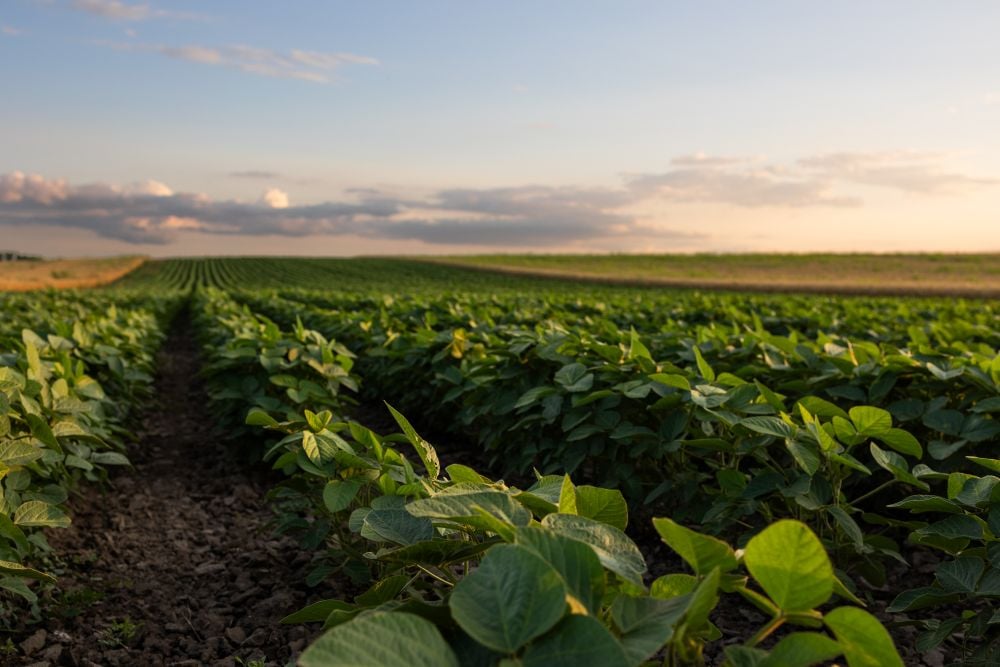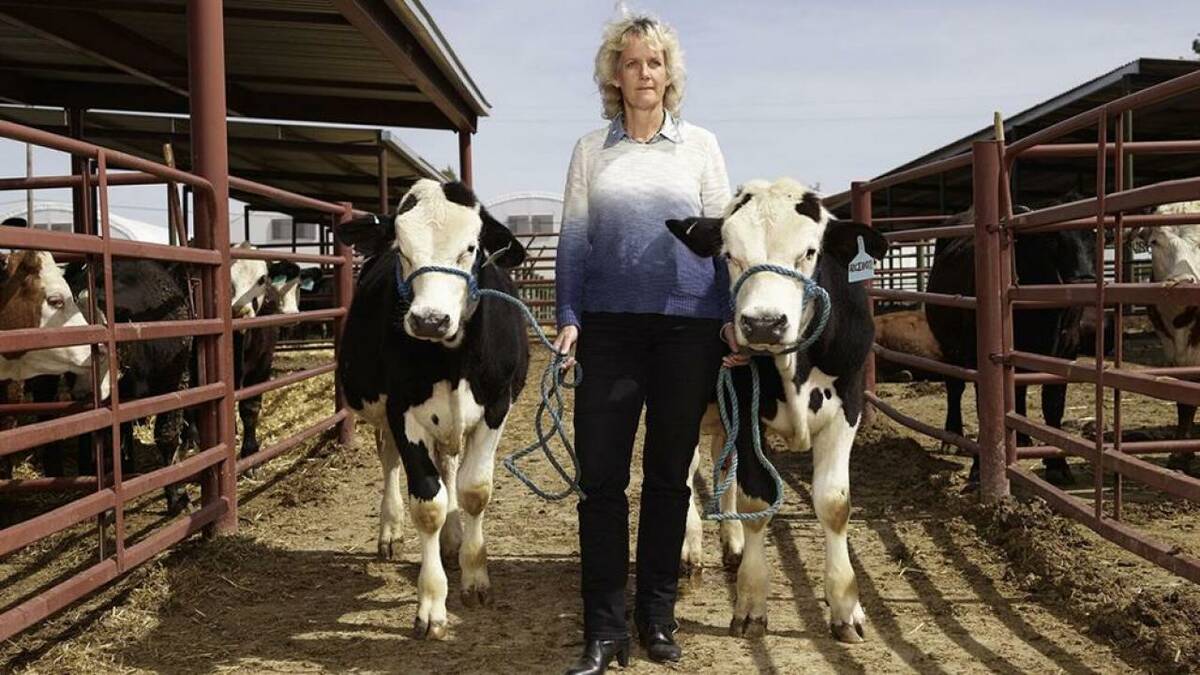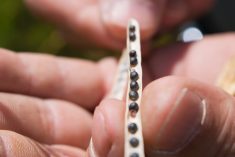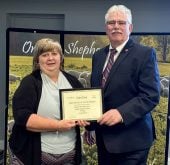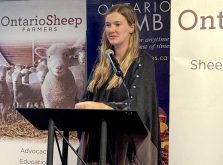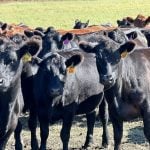Glacier FarmMedia – A more permissive approach to gene editing regulation in Argentina has led to greater diversity of innovation and a shift in who brings products to market in that country, says one researcher.
“What you see is this dramatic change to where local companies and public researchers such as myself can actually bring products to market,” said Alison Van Eenennaam.
Why it matters: Gene-edited livestock could provide significant health improvements to farmed animals, reducing the use of medications, but it is controversial with some parts of the population.
Read Also
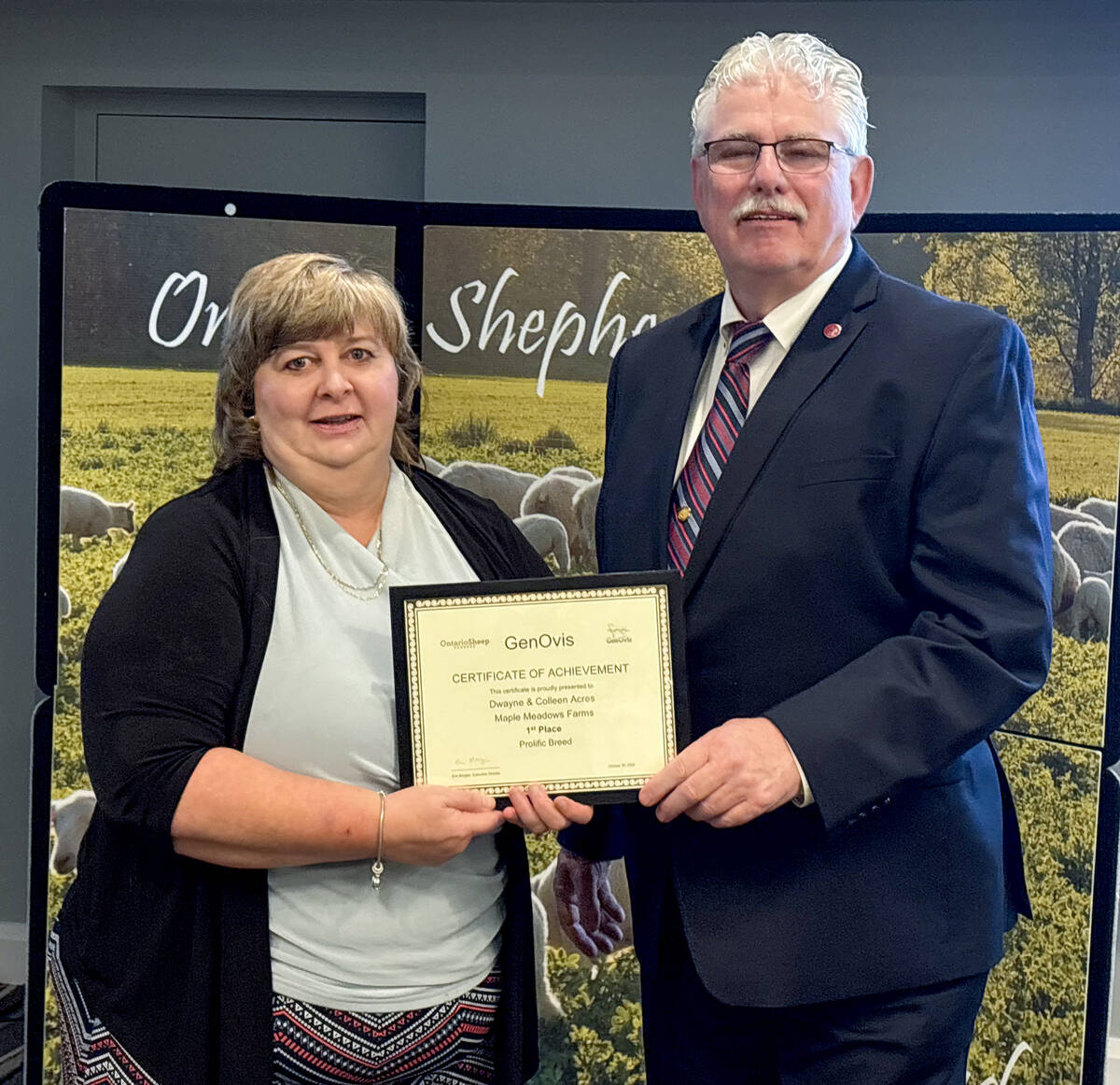
GenOvis awards presented at Ontario Sheep Farmers’ annual meeting
Producers and youth were recognized for their contributions during the Ontario Sheep Farmers’ annual GenOvis and leadership awards.
About nine per cent of new gene-edited products in the Argentine market are coming from large multinational corporations, she said.
“Which is what everyone says they wanted. So I would say that’s a step in the right direction.”
Van Eenennaam, an animal science researcher at the University of California, Davis (UC Davis), spoke during a Swine Innovation Porc webinar on Oct. 3.
Argentina adheres to the Cartagena Protocol on Biosafety, which states that any living organism with a “new combination of genetic material obtained through the application of modern biotechnology,” is a genetically modified organism (GMO), according to a 2022 presentation from Argentina’s ministry of the economy.
If it doesn’t contain a new combination of genetic material — such as foreign DNA from a different species — it’s not a GMO and doesn’t have to go through an extra layer of regulation.
This has significantly reduced the cost of commercializing gene-edited products, Van Eenennaam said. Before this regulation was in place, new products were largely by large companies.
As of 2022, 73 per cent of applications for pre-market consultations on new gene-edited products were from Argentinian companies, according to the same economic ministry presentation.
“Regulatory approaches matter in terms of who gets to play, what technologies get used and what species and traits get worked on,” Van Eenennaam said. “It’s a much wider portfolio when you allow small players in because they can focus on regional problems.”
Honing in on livestock
The type of new products looking for approval has also shifted from oilseeds, cereals, fibre crops and vaccines to a mix of crops, aquatic animals, fruit and vegetables, ornamental plants and others, the researcher noted. Nearly a quarter of new gene-edited products were farm animals.
Six gene-edited animals have gone through the regulatory process in Argentina, according to the International Service for the Acquisition of Agri-biotech Applications’ database. These include Nile tilapia, three different cattle applications, a polo horse, and a pig resistant to porcine reproductive and respiratory syndrome (PRRS).
British company Genus PIC, which developed the PRRS-resistant pig, does not currently list Argentina among companies in which it has gained approval.
PRRS-resistant pigs are, however, technically approved for the U.S.
Bigger and better?
While resistance to biotic stress, such as disease, has been a key trait targeted by gene editing applications around the world, the poential for better yield is a primary concern for product hopefuls.
By 2023, 24 ruminants (for example, cattle), 20 monogastric animals (such as pigs), three bird species and seven fish species had been edited to exhibit a “double-muscled phenotype,” according to a 2024 paper Van Eenennaam published with fellow UC Davis researcher Alba V. Ledesma.
Reproduction traits were the second-most targeted. That included targeting for single-sex offspring, such as a line producing only females — which is useful for egg and dairy production.
Three gene-edited fish species are for sale to consumers in Japan. These were edited to reach market weight in half the time.
Initial polls of the Japanese public showed the desire for a high regulatory bar on gene-edited organisms, Van Eenennaam said. However, Japan ultimately opted to take a similar approach to Argentina.
There was some angst around commercialization of gene-edited fish, but it didn’t turn into mass mobilization, “I think in part because it was actually a local professor that was commercializing these,” she said.
Where Canada ranks
When it comes to regulation, Canada concerns itself with what is and isn’t a “novel food” — a food that doesn’t have a history of safe use as food. Novel foods must go through a safety assessment process.
Guidance from federal regulators, released in the last few years, has determined that gene-edited plant products won’t be considered novel as long as they don’t contain foreign DNA, introduce a new toxin or allergen, or change the food use of the plant.
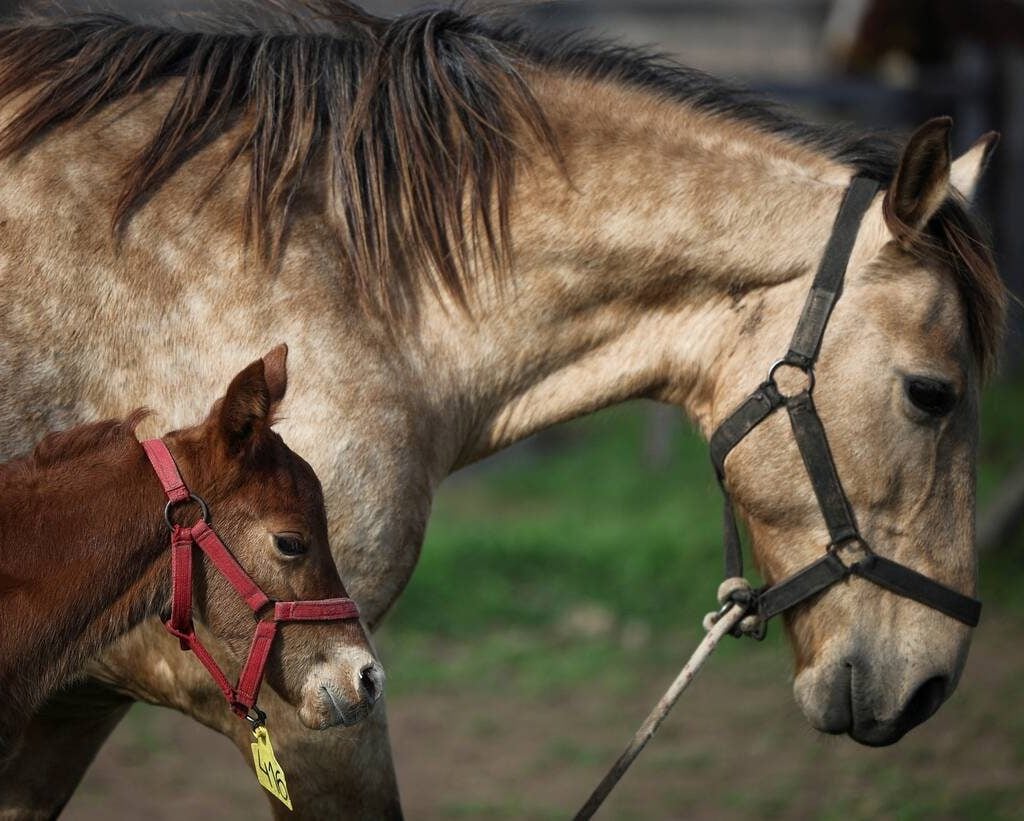
The PRRS-resistant pig, however, is expected to be the first test of Canadian regulations on gene-edited animals.
The pig was approved by the U.S. Food and Drug Administration earlier this year, but Genus PIC has said it won’t commercialize until it’s received approval in Canada, Mexico and Japan.
Canada has yet to publish peer-reviewed research on gene-edited animals, said Van Eenennaam.
Gene editing leaders
By number of gene-editing applications in animals, China is leading the field “by a long shot,” the researcher said. The U.S. trails behind them, followed by Japan.
“China is really dominating the work that’s being done in pigs.”
This includes targeting PRRS resistance and an attempt to produce pigs that don’t reach sexual maturity. This would avoid the need to castrate to avoid boar taint, Van Eenennaam said.
China has been a key market for Canadian pork. Asked if Canada should be concerned about the speed of China’s advance compared to itself, Swine Innovation Porc general manager Daniel Ramage said research isn’t a zero-sum game.
“That’s the beauty of research, that it does transcend borders,” he said in an interview. “When knowledge advances, it can really raise all boats.”
What matters is access to those technologies, a regulatory environment that supports the application and adoption of those technologies, as well as capacity within the scientific community and research institutions to support adoption and advancement of those technologies.
“In Canada we have that,” Ramage said.
Policy race
Canada and Swine Innovation Porc’s role is to make sure that research is addressing industry needs and to advocate for sustained research investment that will ensure Canada can continue to play a leadership role in that space, Ramage said.
With Canada’s next agricultural policy framework in development, this global context needs to be taken into account, he added.
“Canadian agriculture has an opportunity to build on the investments that are needed to keep pace with, you know, what’s happening in other countries and to build on our strengths as (a) high-quality producer.”
Van Eenennaam, however, questioned the level of investment in North America.
“We’re going to get whupped,” she said, “and you know, maybe that’s fine.”
“Developing countries are where the food insecurities are, and God knows they’ve got a giant population to feed in China. Brazil’s all over this. Argentina’s all over this. So maybe it just moves to developing countries that value innovation.”

